Oh boy, here we go again. The debate about what does or does not count as anime has been going around since the dawn of time. (Or well, the start of internet forums.) But, ever since mainstream media got around to accepting anime as a legitimate stylistic choice for animation, the lines between traditional and non-traditional anime have only gotten blurrier. And no ‘anime’ show embodies that debate better than Avatar: The Last Airbender.
There is so much that has already been said about Avatar: The Last Airbender. That it’s an animation wonder. That its writing is so solid that it’s still enjoyable upon rewatching, more than 15 years later. That it is the poster child of Cultural Appreciation done right and it deserves every accolade that has been sent its way. But the one thing fans can’t agree on? Whether it counts as an anime or not.
Which is such a silly debate in hindsight. Like, who cares? It looks like an anime, sure but that doesn’t mean it has to be one to succeed. That fact was not a detriment to the show itself, considering how it skyrocketed to popularity and became Nickelodeon’s most memorable work. Like, this is the same network that created the abomination that is Spongebob Squarepants. They are not an anime studio, by any means. So, yeah, Avatar: The Last Airbender is definitely not an anime when you consider that, but I digress.
Then again, what makes an anime, an ‘anime’? Like what parameters or guidelines stop any animation project from being deemed an anime? I have a very clear-cut idea of why Avatar: The Last Airbender isn’t an anime but it’s nice to clear things out for newbies out there. I mean, we certainly don’t need an Agni Kai to decide this, folks. So, let’s dive right in!
Table of Contents
How Do You Even Define Anime?
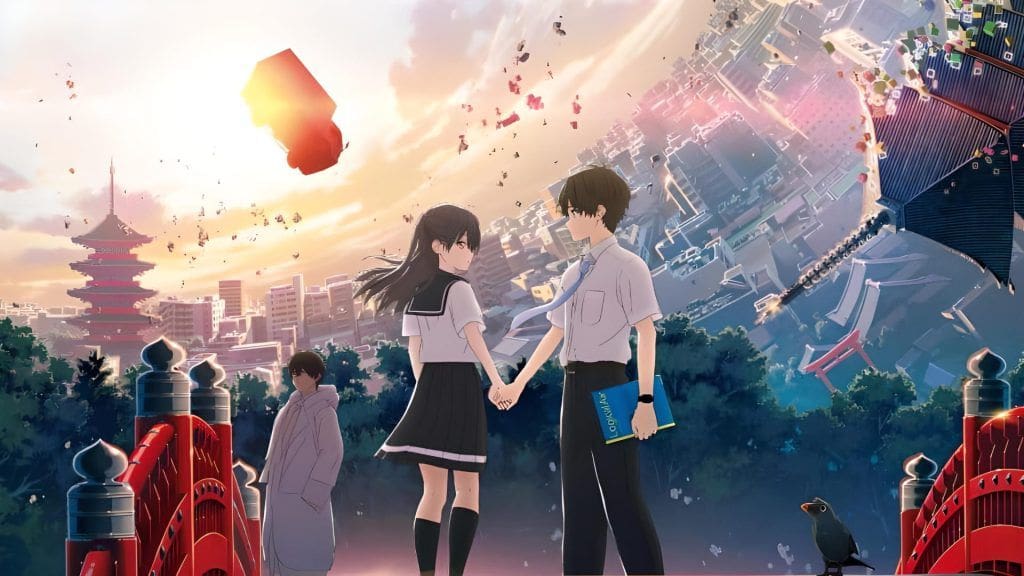
So, in a debate to discern what is anime from what isn’t anime, we need to have a proper idea of what constitutes anime in the first place. A fact many aren’t aware of is that anime is just the generalized term for animation in Japan. Any animation, whether it’s hand-drawn traditionally in a 2D format or whether it’s a 3D CGI production, is called an anime in Japan.
However, the Japanese animation industry has existed since 1917, but the style we know to be the signature of anime was the work of Osamu Tezuka, an animator in the 1960s. The big eyes and cute proportions were his trademarks.
For an anime to be considered traditionally so, it has to be either of these two factors. Firstly, the anime has to be produced in Japan or be worked on by a Japanese Animation Studio, at least in some collaboration. Secondly, the plot itself needs to stem from pre-existing sources such as manga, light novels, or even video games. For example, Castlevania is considered an anime because the franchise itself is Japanese and the art style is inspired by Ayami Kojima, the creator. Whereas Devilman Crybaby is both based on a Japanese manga and produced by Aniplex, a giant in the anime industry.
The Inspiration For The Bender World!
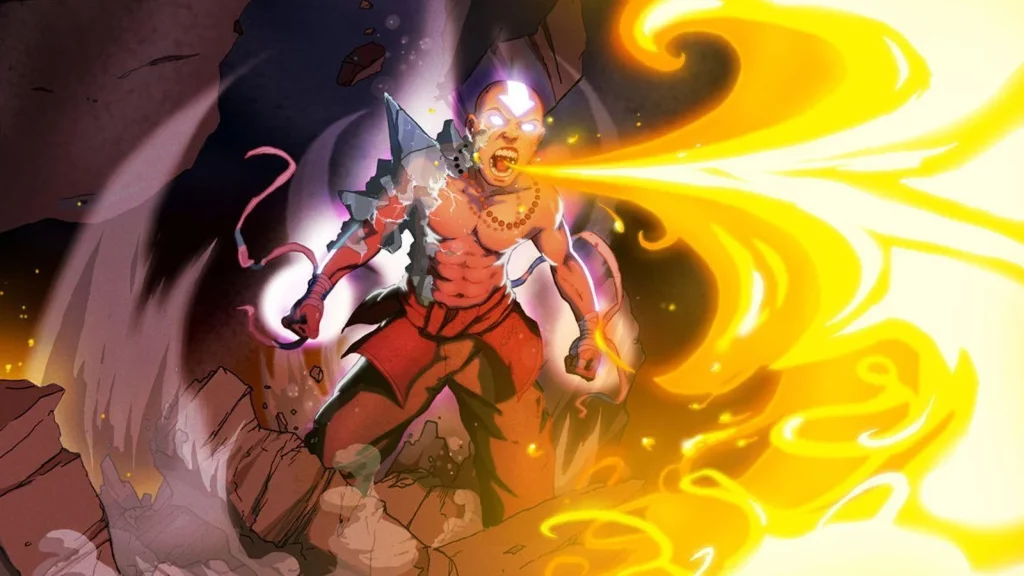
Perhaps the biggest reason why Avatar: The Last Airbender is misconstrued as being an anime is that its art style is so reminiscent of the medium. Even in the way it is animated, with more focus on fight choreography and camera movements, it’s very similar to how anime is created. Which is by mimicking how a live-action show would look, without any ‘cartoon-y’ elements.
Another reason it’s confusing for anime is because of its obvious inspiration from various Asian cultures, but specifically the Chinese, Japanese, and South-East Asia as a whole. That aesthetic calls back to old-school Shonen-style anime ala Dragon Ball and Naruto Shippuden.
And the world-building was unlike anything we had seen at the time when it came to Western animation, with inherent cultures attributed to each nation with distinctive traditions and even clothing. Again, that kind of detail was not common in Western animation but was very present in anime.
Avatar: The Last Airbender Isn’t An Anime (And that’s okay!)
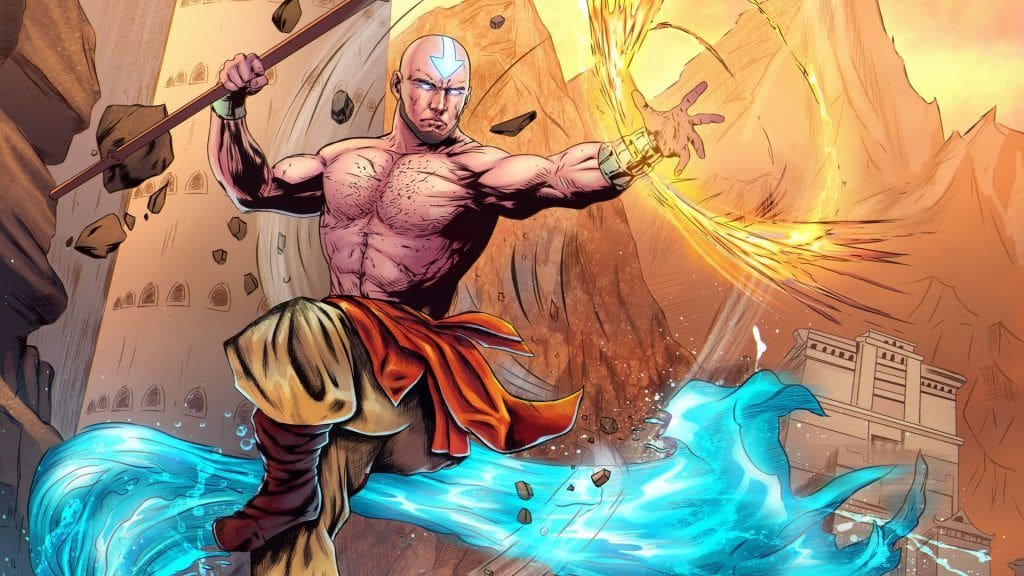
Series creators Michael DiMartino and Bryan Konietzko have always been open about how Avatar: The Last Airbender is an homage to anime, a ‘love letter to the medium’. They cited how they pulled inspiration from the works of Hayao Miyazaki of Studio Ghibli to shape the world of Avatar.
The creators love anime, but they fully acknowledge that the show isn’t anime. And that doesn’t matter because it’s still a masterpiece in storytelling. To this day, this show holds up in both its gorgeous setting, engaging plot, and heartfelt characters.
And no label can take away from the fact that it is one of the most beloved pieces of animation of all time.













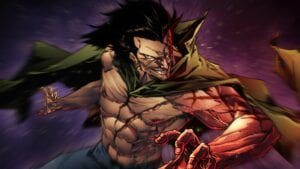


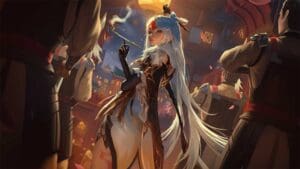
What do you think?
It is nice to know your opinion. Leave a comment.